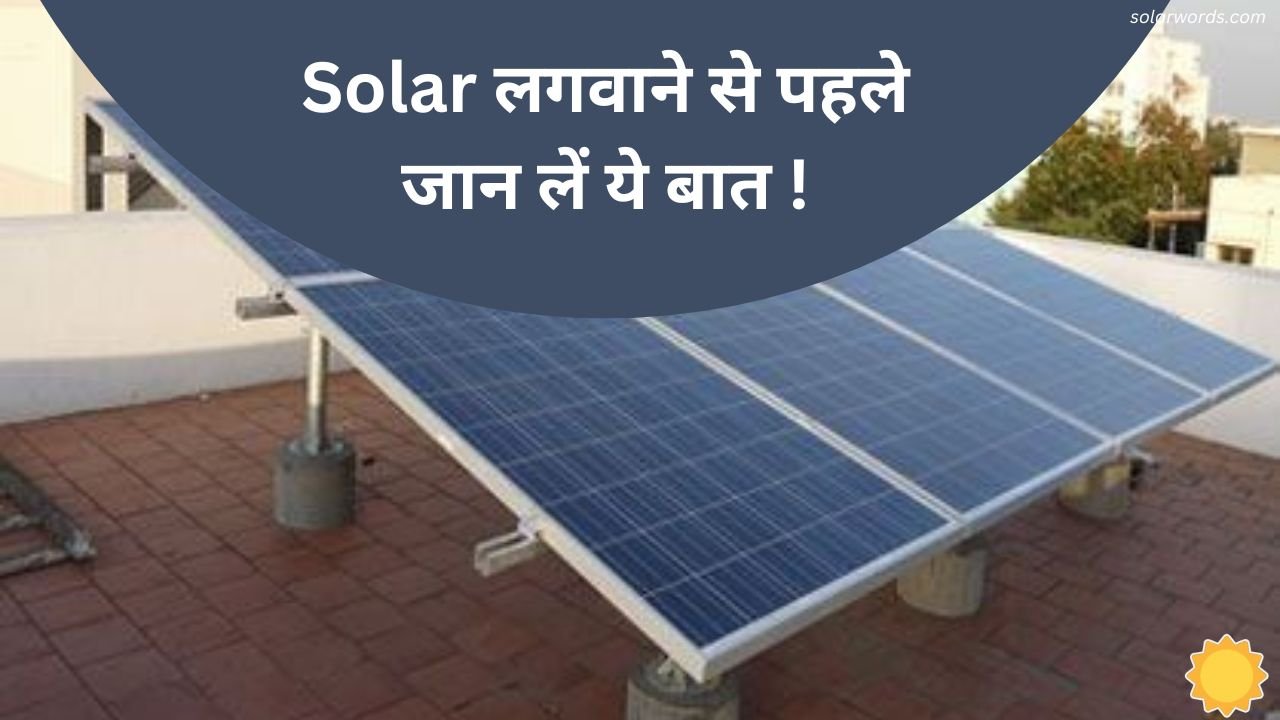Welcone To PM Surya Ghar Yojana Muft Bijli Yojana
Know how many types of solar panels there are
Solar energy is a natural resource obtained from the sun and comes to Earth in the form of photons. Solar panels are essential equipment to convert this energy into electrical energy. Solar panels convert solar energy into electricity without any pollution, so they can meet your electricity needs without pollution and CO2 emissions. Many consumers install different solar panels in their solar panels due to lack of knowledge about different types of solar panels, leading to both installation and financial losses. In this article we will talk about the types of solar panels, what is their efficiency and which solar panels are needed for your solar power plant.
Know the types of solar panels
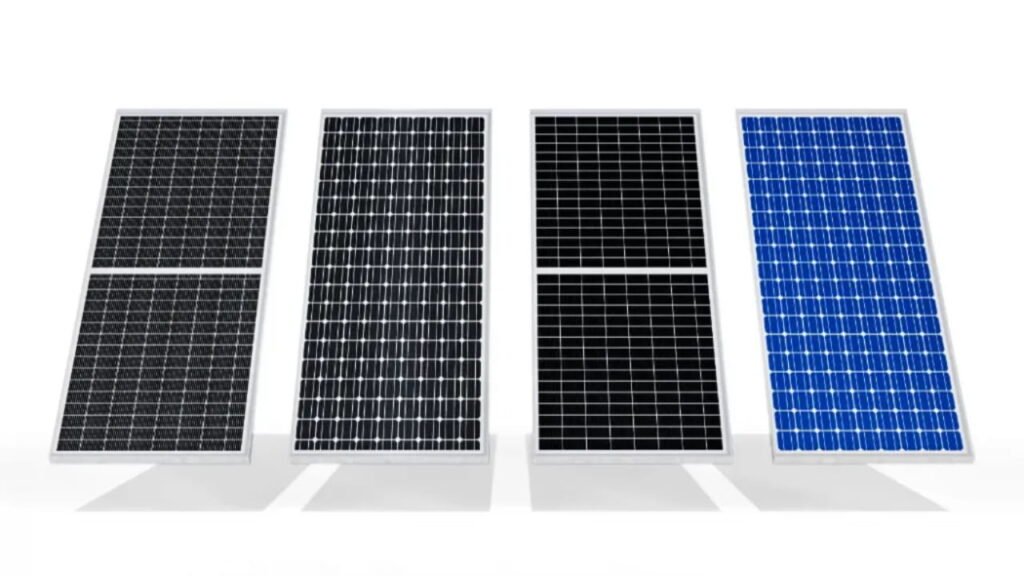
Before you know anything about the types of solar panels, it is important to know what solar panels are. Solar panels consist of solar cells that convert sunlight into electrical energy. These photovoltaic cells are usually made of p-type and n-type semiconductor silicon. And depending on their type, solar panels are available based on four types of technology, including monocrystalline solar panels, polycrystalline solar panels, PERC solar panels and bifacial solar panels.
1. Polycrystalline solar panel
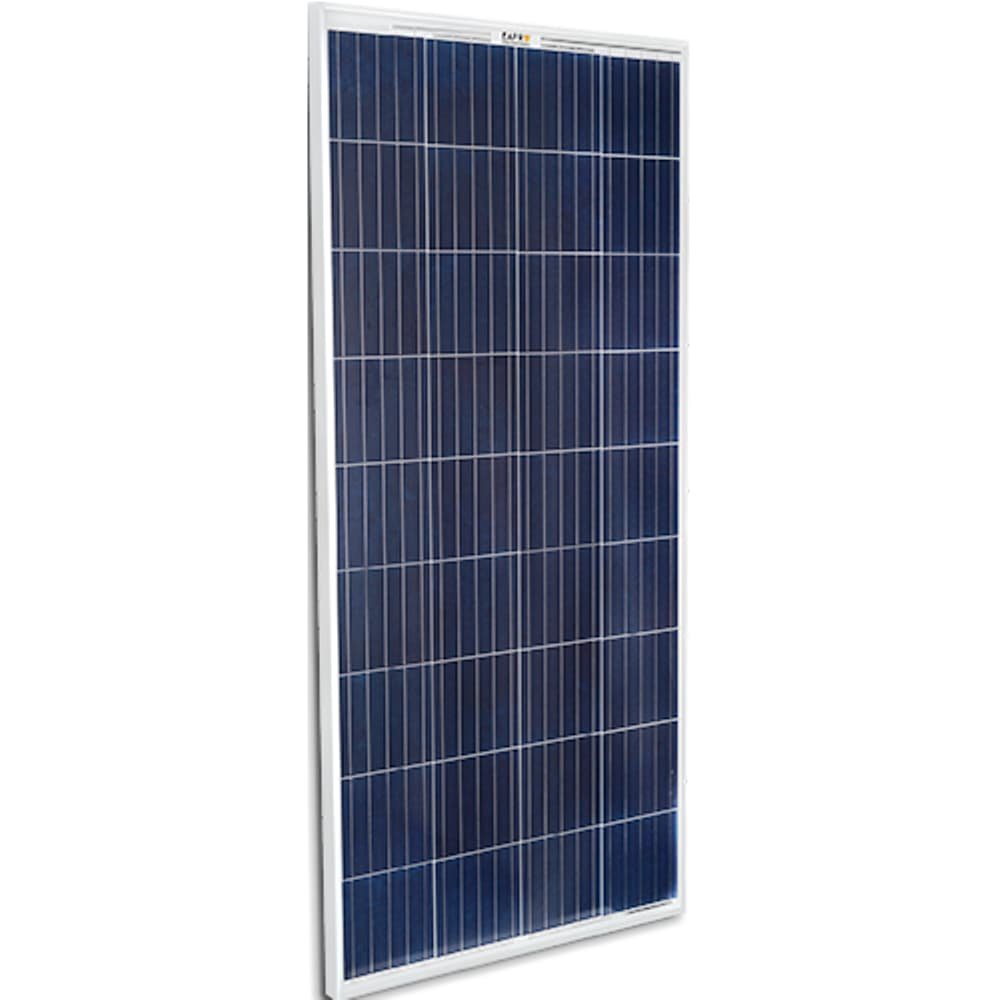
Polycrystalline solar panels are also called multi-layer solar panels. And these are made of many silicon crystals. They are usually blue in color and easier to manufacture than monocrystalline panels. Due to the presence of many crystals, the electrons have less frame to rotate, making their efficiency slightly less. The efficiency of these solar panels varies from 16-17% and is less efficient in low light and poor weather conditions. They can overheat at high temperatures and are much cheaper than monocrystalline solar panels and are among the most commonly used solar panels.
2. Monocrystalline solar panel
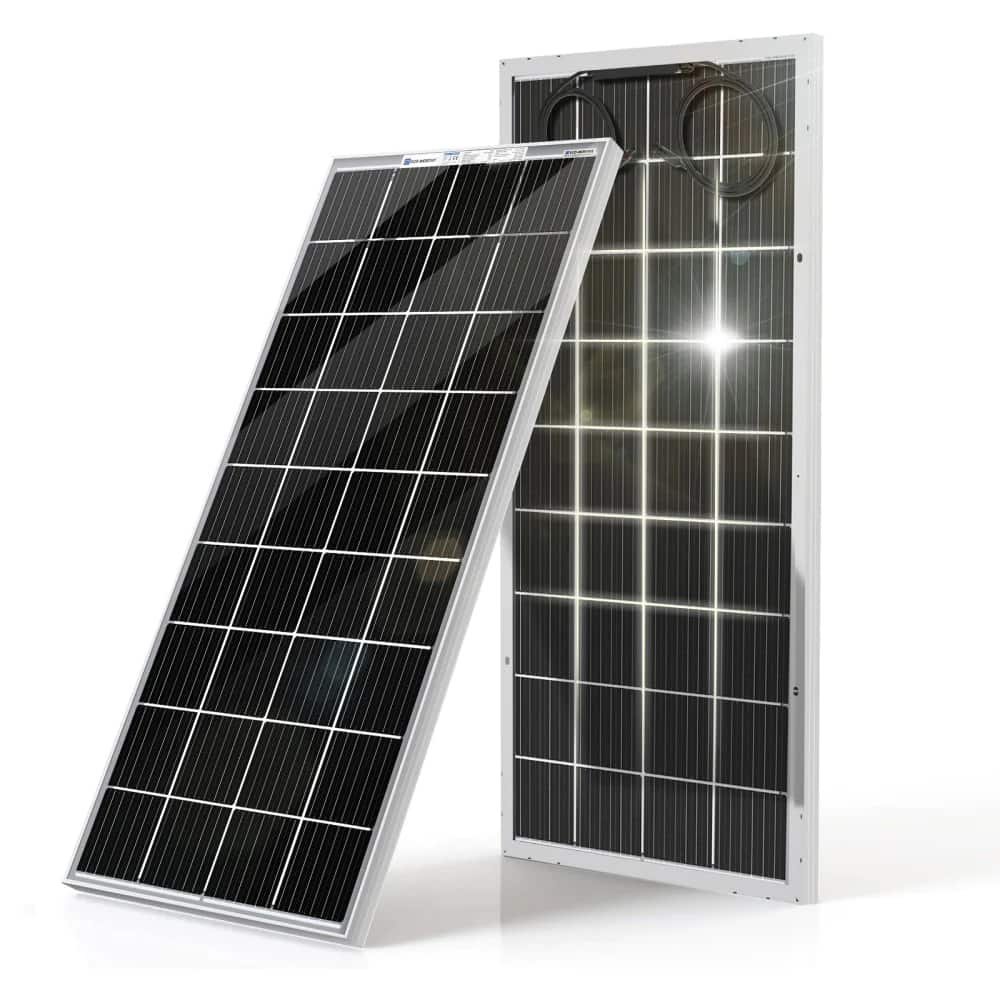
Monocrystalline solar panels, also called single-crystal solar panels, are made of silicon. Due to the pure silicone composition, their color is black or dark blue. The solar cells in these panels are cut from silicon wafers, giving them a round shape with cut edges. These high-efficiency solar panels use pure silicon with an efficiency of 22%. These panels deliver good performance even in bad weather and little sunlight, and maintain good efficiency even at high temperatures. These are more expensive than polycrystalline solar panels because they are manufactured according to their complex (Czochralski method).
3. PERC solar panel
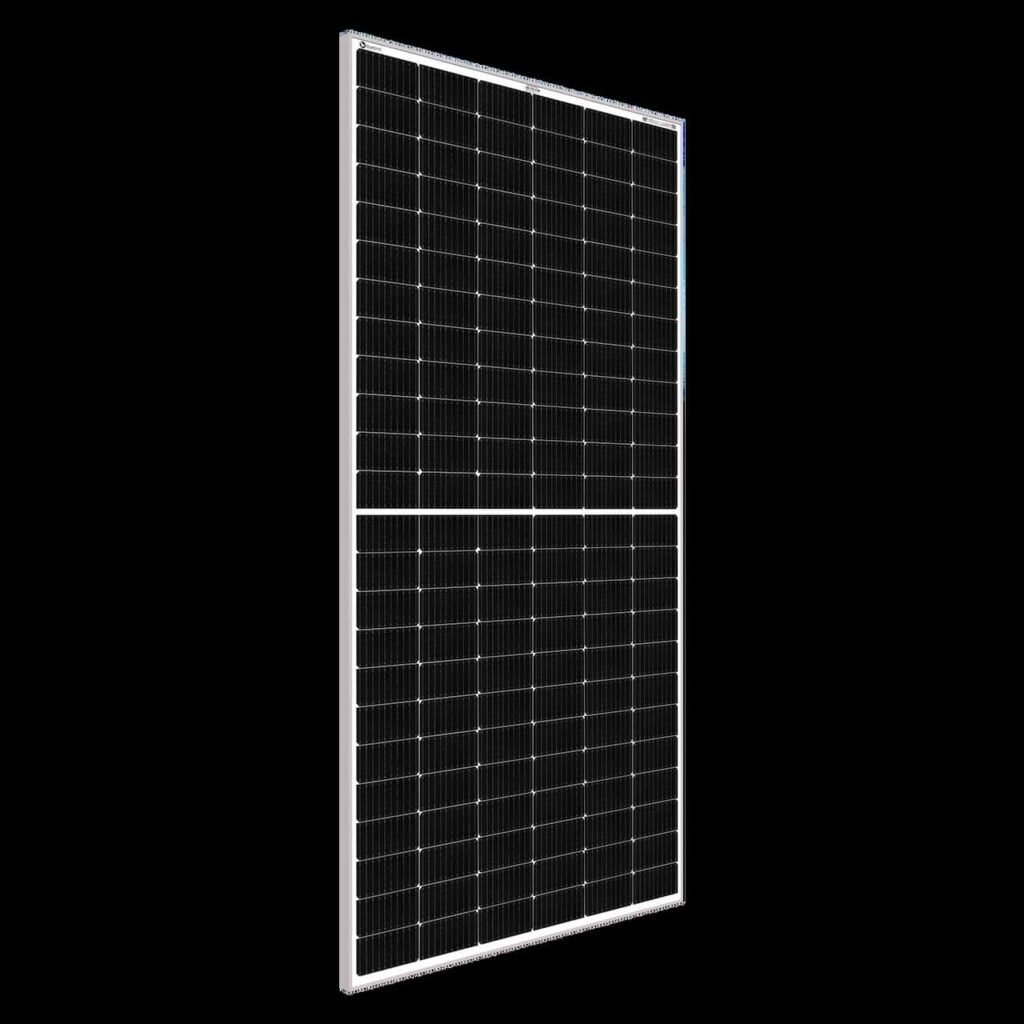
Passivated emitter and back cell panels (PERC) feature an additional dielectric passivation layer behind the cell that converts photons back into the cell to increase energy conversion. These panels can be made in both monocrystalline and polycrystalline forms. They offer higher efficiency thanks to their passive layer and can deliver higher efficiency thanks to their half-cut cells. These are more expensive than standard polycrystalline and monocrystalline panels.
4. Bifacial solar panel
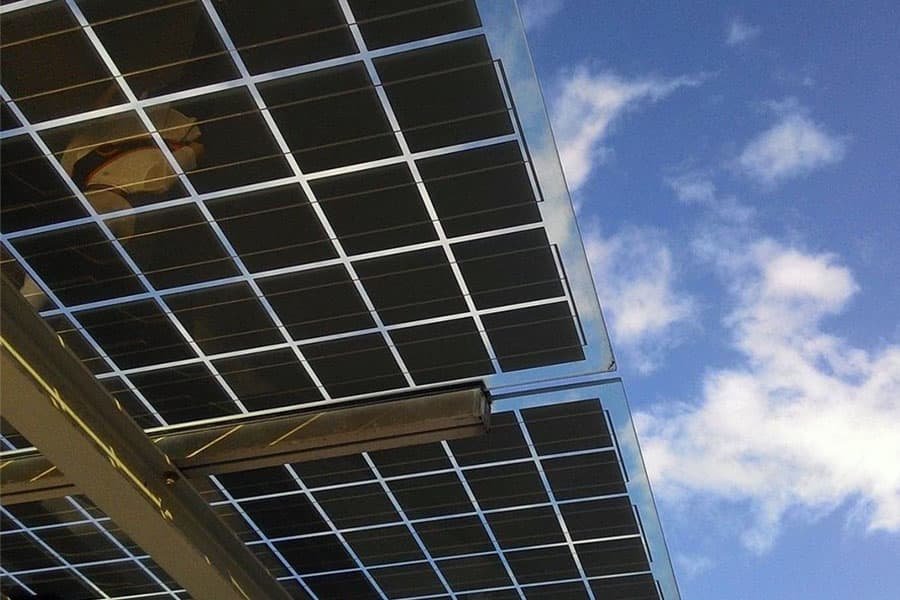
Bifacial solar panels are the most advanced type of solar panels that can absorb sunlight from both sides. This double absorption can increase energy production by 10% to 30% compared to traditional panels. The efficiency of these solar panels varies from 27% to 30%, which is even higher than other panels. These panels can even be installed in less space and generate more power than other panels. These panels can be used in any climate and provide excellent performance in all weather conditions. Their excellent efficiency, better performance and advanced technology also make them more expensive than other solar panels.
